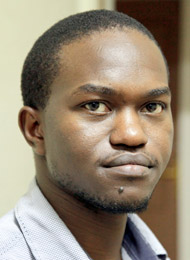Trying to trace Rwanda’s East African genes
It is quite hard to put a finger on when exactly Rwanda started acquiring its East African pips if I can borrow the military language here.

Allan Brian Ssenyonga

